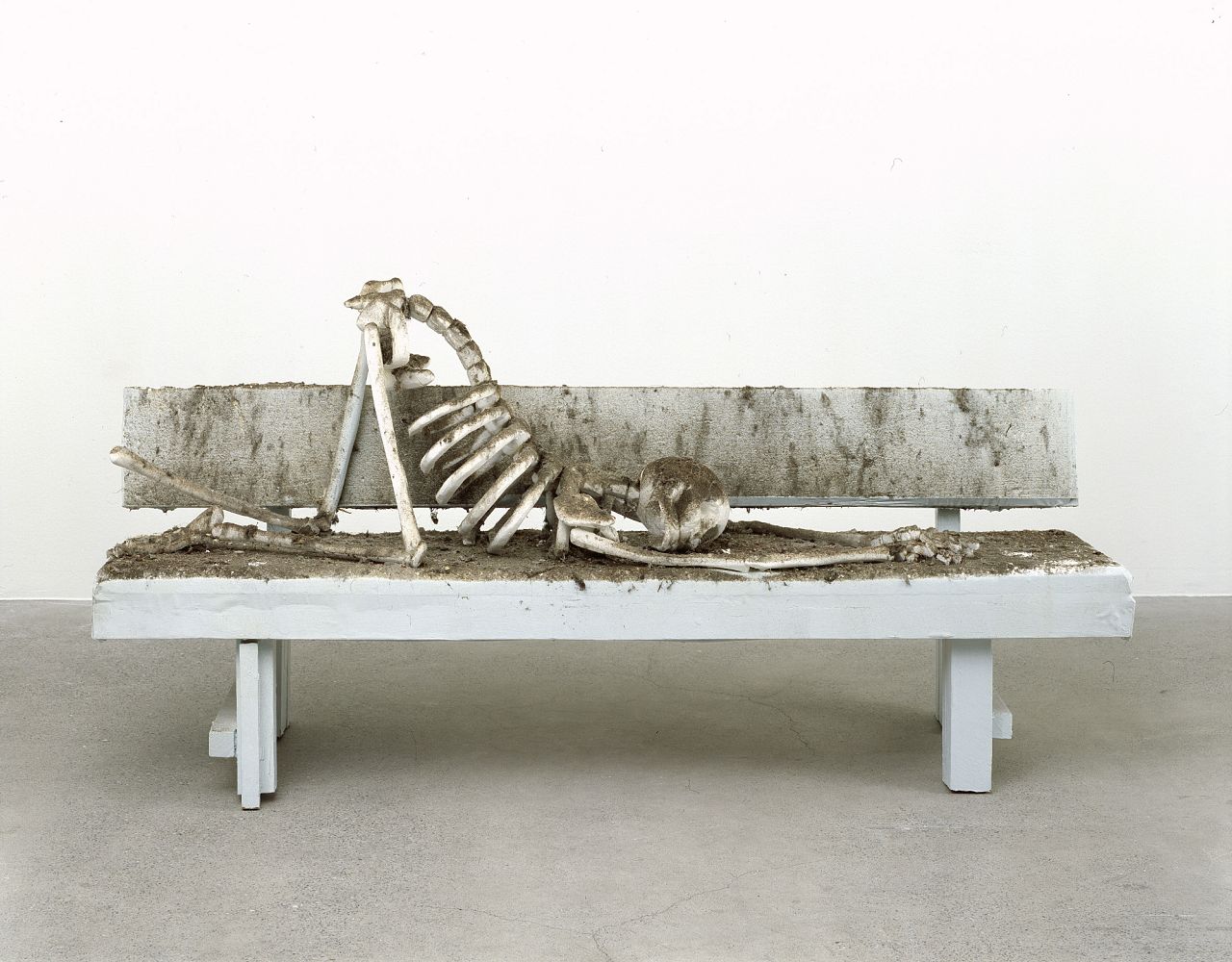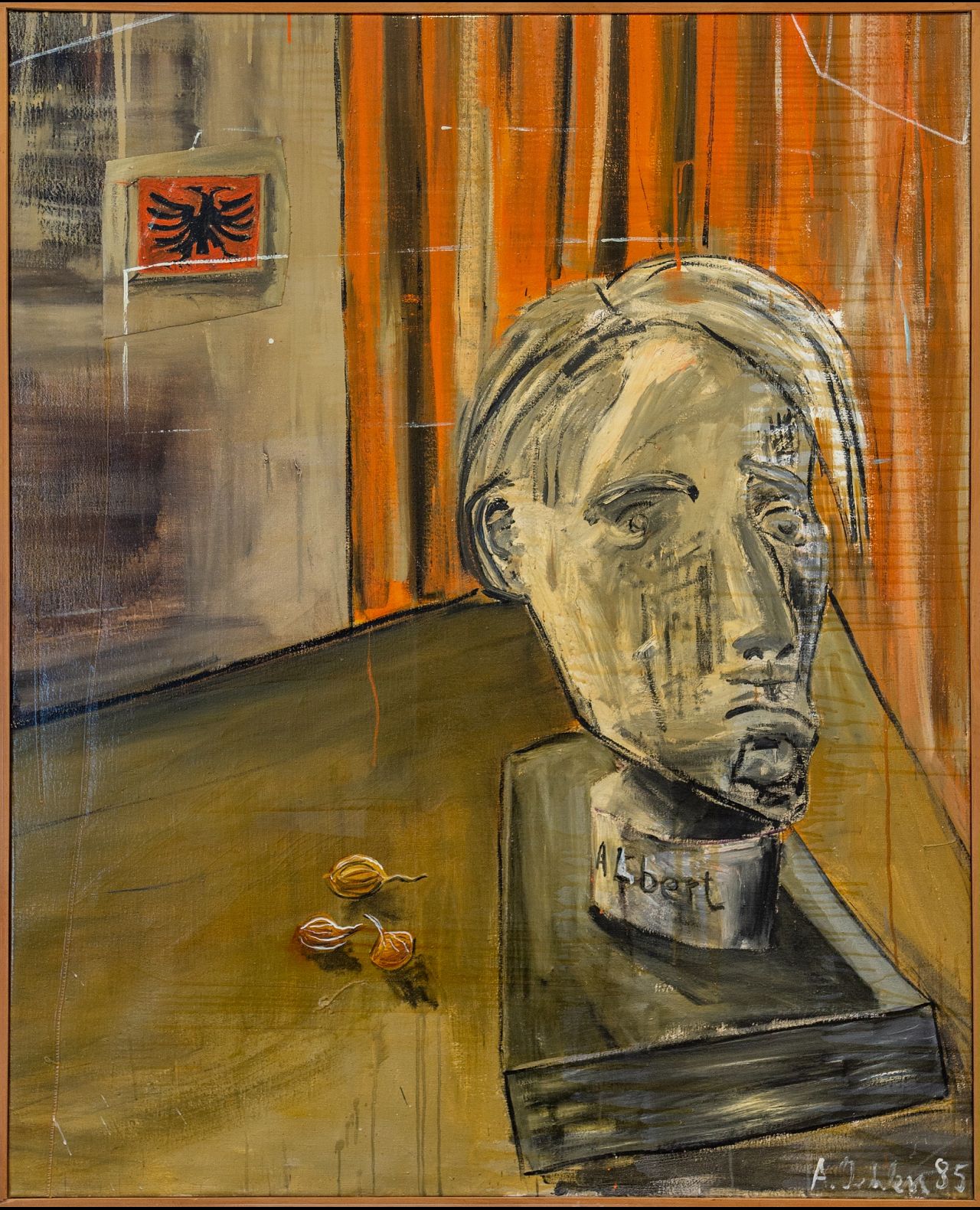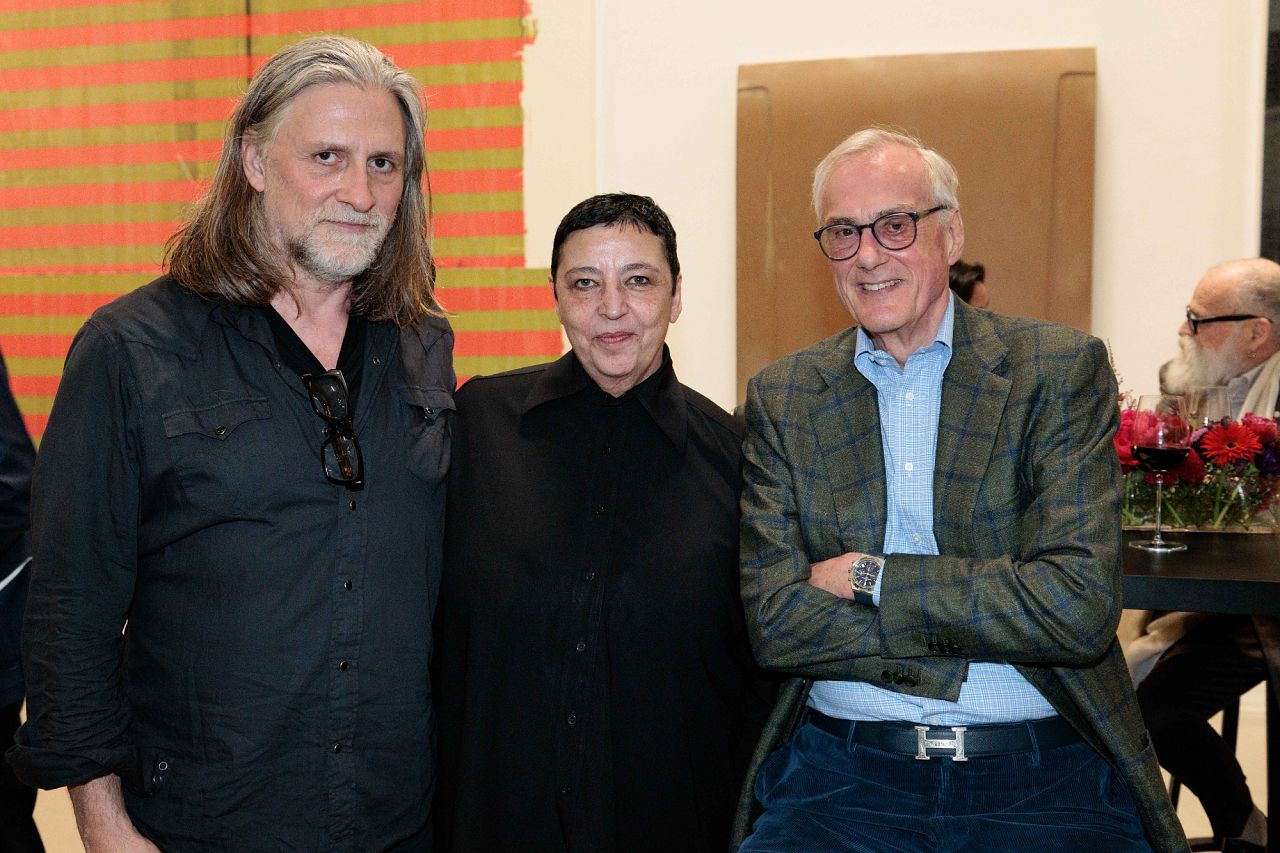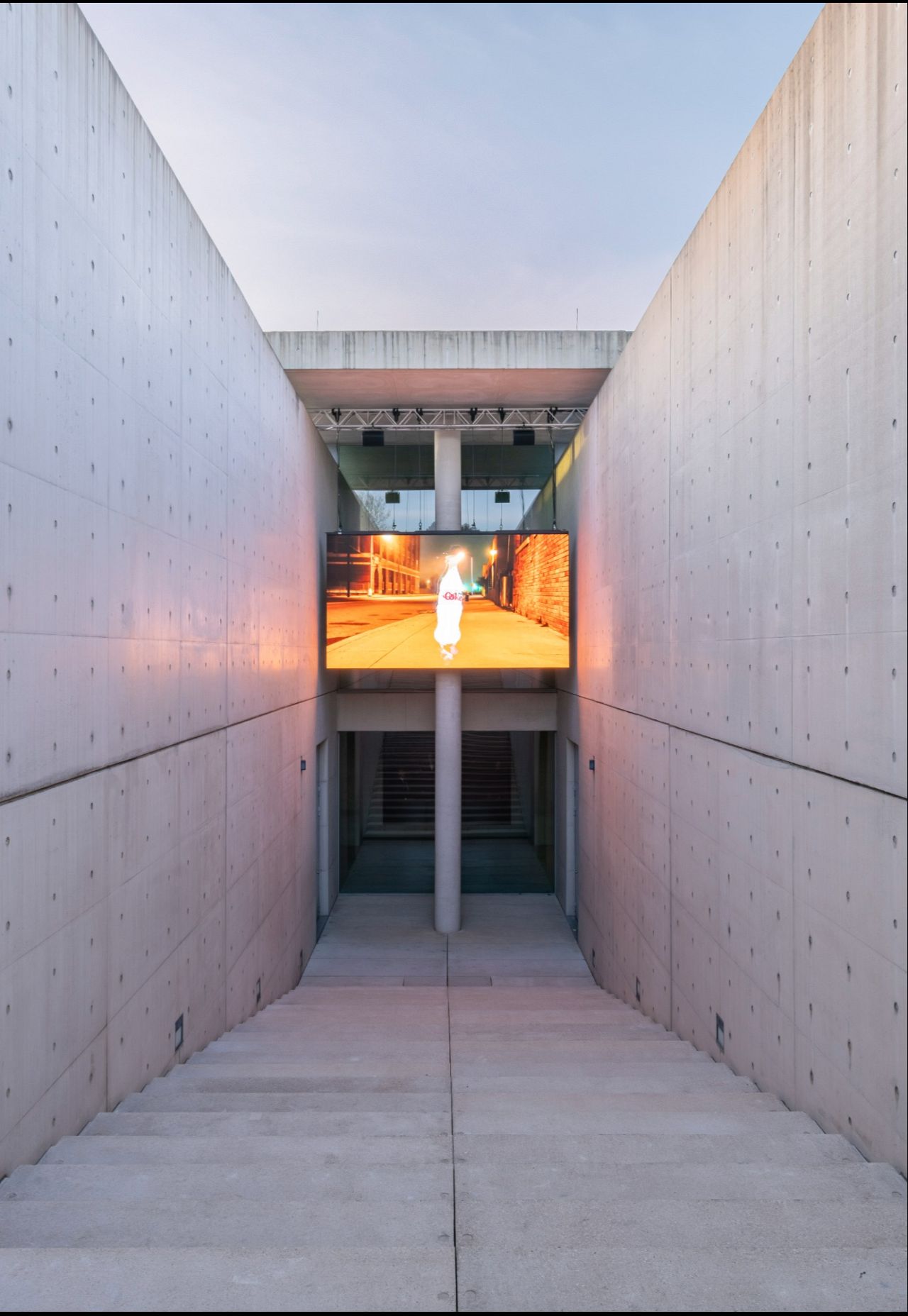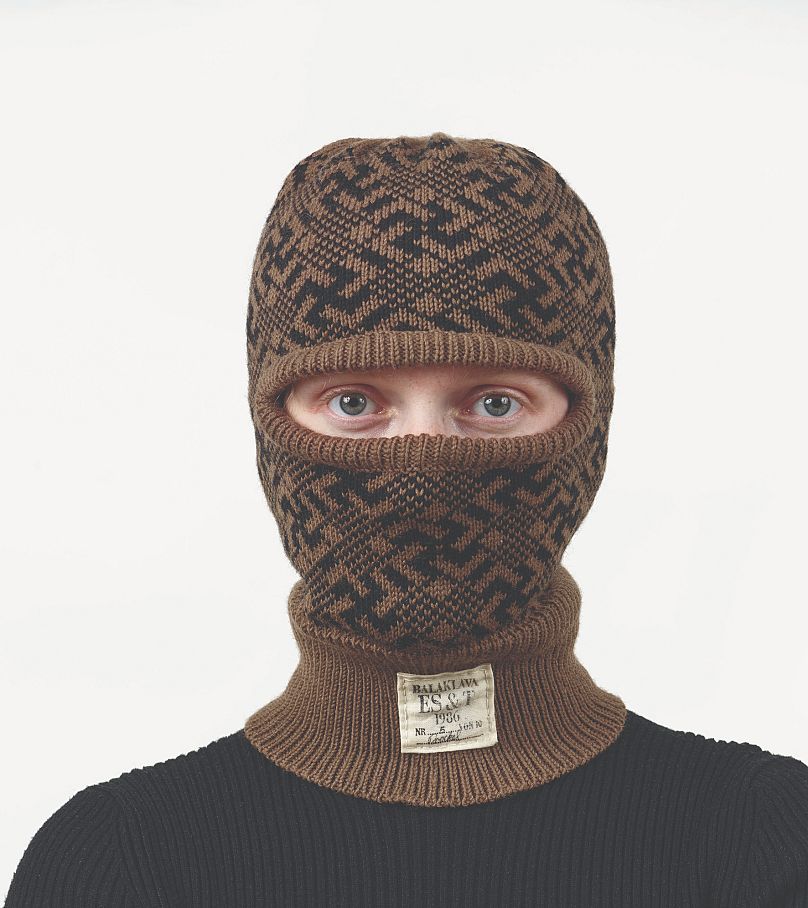How dedicated do you have to be to amass a peerless art collection? “I think both the obsession grows, but you get more selective as go on. And you also learn all the time – that’s what I like about the art. The knowledge is endless,” says Swiss media and tech mogul Michael Ringier who has collected more than 5000 works in the last 30 years.
Enter the Langen Foundation, the Tadao Ando designed space located in the green Neuss cultural district outside Dusseldorf, and you will see a slice of Ringier’s life’s passion.
An astonishing 500 works spanning sketches to vast oils and photographic works from artists including Urs Fischer, Richard Prince, John Baldessari and Albert Oehlen make up the Ringier Collection, which is on show, at this scale, for the first time.
Titled Drawing, Painting, Sculpture, Photography, Film, Video, Sound, the exhibition explores the boundaries of artistic media and asks questions about truth, reality and the nature of perception itself – all subjects that have fascinated Ringier for a long time.
The entrepreneur who started his career as a journalist before moving through the ranks of the family business, has learnt on the journey with curiosity being the driving force. The 76-year-old caught the bug many decades ago when he and his late wife started collecting Russian Constructivist works.
As his fascination and funds grew so did the collection that specialises in work from the 1960s to the present day. To that end, he has worked with curator, Beatrix Ruf for over 20 years building piece by piece and step by step. “That’s equivalent to 20 years studying art history,” he says of his education. Notably, he dives deeps into an artist oeuvre building portfolios from early career works and onwards.
For the Langen Foundation show Ruf teamed up with American artist, Wade Guyton (there are a number of his inkjet works in the collection) to mastermind the curation.
It was a huge edit – Ringier’s full collection is hung throughout his homes, through the Ringier corporation HQ (where he serves as chairman of the board of directors) and is on loan across global institutions and museums.
The vast majority, however, is in high tech storage facilities. “I think whenever you buy a piece of art, you have a responsibility for that work and towards the artist as a guardian of that work. So, we try to really to show as much as possible. But most of the pieces are in storage,” says Ringier of the ‘space’ issue that plagues most serious collectors.
But right now, he’s very proud of the 500 plus works in the elegant surrounds of the Langen Foundation. The Ruf/Guyton curation has also made him look at familiar works in a new light. “The location makes a difference. You look at the piece differently if it’s in the main entrance hall or in the toilet. That’s how human beings function,” says Ringier.
The display is not hierarchical or precious and visitors are left to wander at leisure creating their own personal tour. “We wanted to create a show in the Wunderkammer tradition. Before the 20th century oil paintings, relics, ceramics, objects were treated as equal and we also wanted to the works to be in dialogue with one another,” explains Ruff.
The exhibition moves through works on paper (Sarah Lucas with Rodney Graham and Jim Shaw; George Condo with Seth Price in the mix) flanked by Lee Friedlander’s haunting black and white photographic works and shifts into bigger scale works by Thomas Ruff, Alighiero Boetti, Cindy Sherman and Richard Prince.
Small scale is played off with giant, objects with 2D, through a dizzying array of techniques and expressions that tackle notions of sexuality, identity, authenticity, displacement, and ‘value’ in a gigantic puzzle.
The subterranean gallery spaces are hung with a bounty. Wolfgang Tillmans segues to Albert Oehlen to Paul Thek, Georg Herold onto Karen Kilimnik, Urs Fischer and Andrea Gursky in mediums that range from monumental abstracts to post-modern collage.
The final gallery sees a splurge of sculptures and objects with over 36 works from Peter Doig’s StudioFilmClub hung high like a frieze. Floor level find Guyton’s appropriated Mies Van der Rohe chairs (from the Enron HQ), alongside Fischli Weiss black rubberised artefacts, Sarah Lucas’ cigarette butt sculptures and Rosemarie Trockel’s ceramics.
The artists are by and large Western and contemporaneous. Ringier says he is absolutely curious about the younger generation globally but it’s not his specialism.
“I think the next generation has a different perception. They look at things differently and it’s up to them to develop their ideas, decide what’s the value, decide what is good,” says Ringier noting that the art market can be very brutal. Time however is the big test. “Time is absolutely essential for art because here are decades old works and they look fresh: they answer very actual questions or they are asking questions and that makes great art,” he concludes.
Perhaps collecting is in Ringier’s DNA. “My parents collected 18th century furniture and my mother had a very important collection of Chinese ceramics meanwhile my wife’s parents collected contemporary art. We both came from households surrounded by beautiful things,” he says while noting that none of his siblings share his passion. “If somebody would’ve told me 30 years ago, you are going to have 5,000 works of art: crazy! That was never the plan,” he laughs.
Drawing, Painting, Sculpture, Photography, Film, Video, Sound, Ringier Collectio 1995-2025 is on now until October 13.



